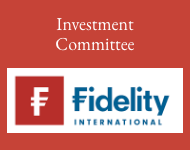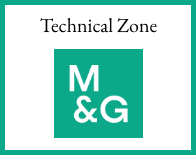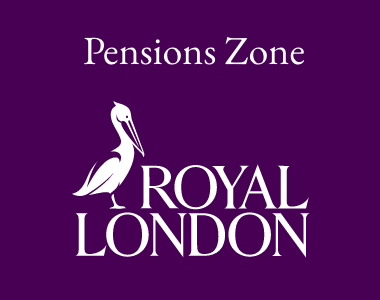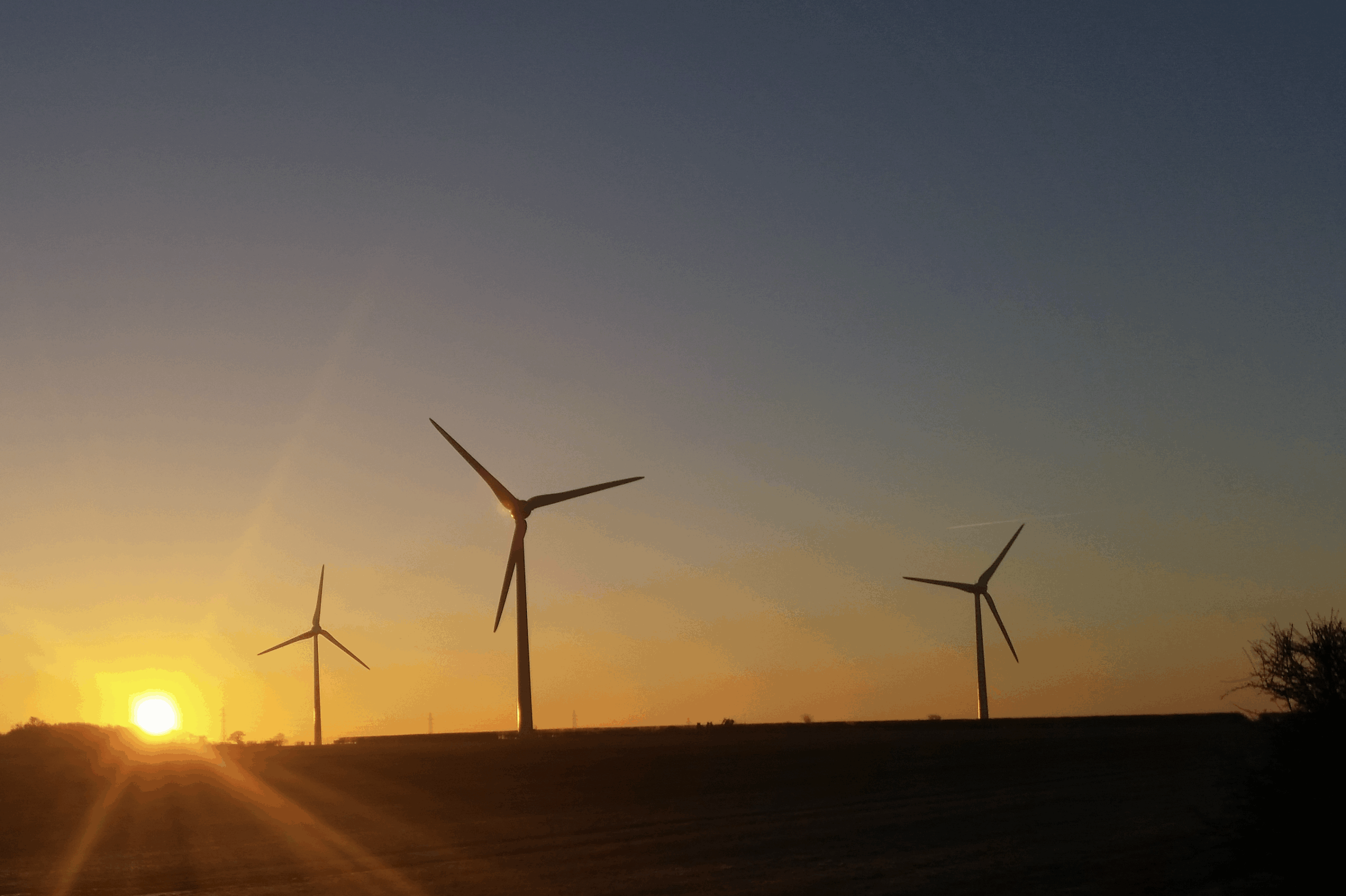In the seventh of a series of real asset investment case studies from Gravis Capital Management, Matteo Quatraro, Director and Head of Portfolio looks at a portfolio of onshore wind assets.
Onshore wind is one of the cheapest forms of renewable electricity generation and it is a significant part of the UK’s renewable energy mix, playing a crucial role in meeting the country’s net-zero targets.
It currently provides a substantial portion of the UK’s renewable electricity. In 2023, it generated 32.4 terawatt hours, representing 24% of renewable electricity and 11% of total UK electricity generation. According to RenewableUK, in 2024 the UK’s operational onshore wind capacity reached 15.7 GW, positioning the country in third place in Europe, behind Germany and Spain.
Despite its substantial scalable potential, due to both very windy conditions in the UK (it being the windiest country in Europe) and its cost-effective characteristic, the sector has experienced some planning challenges and community opposition. However, recent government policy changes have removed the de-facto ban on onshore wind in England, making the sector a more attractive prospect for future investments.
The investment case
In 2017, Gravis, as investment adviser to GCP Infrastructure Investments Limited, recommended the portfolio invest in five onshore wind assets in the UK, for a total capacity of 69.45MW. The assets had already been in operation for at least seven years and benefited from subsidies under the renewables obligation scheme, a government mechanism to promote the deployment of renewable electricity generation in the country. The portfolio had a good track record of performance that supported the forward-looking assumptions for GCP, and the assets were managed by a professional and experienced team.
Since acquisition, Gravis has effectively managed the assets. It has also performed analysis to improve value beyond the design life, and engaged with experts to run assessments to help shape future decisions on the portfolio.
The first assessment was around the fatigue load level for major structural components of all the wind assets. This is usually conducted through the maintenance reports, component replacement, and analysis of the wind speed experienced by the sites. A major parameter considered was the structural design life. This is the number of operating years after which the attained reliability level is expected to drop below the target design reliability level, given specified design conditions for the turbine class.
This analysis gave Gravis an indication as to what point in the lifetime the reliability level drops below the target design level, and which assets could safely go beyond their 20-year designed lifetime. We considered the target reliability safety level of standards and conducted analysis on consequences of failure, balanced against the cost of measures that would reduce the risks of future failure.
The second analysis aimed to prepare a risk register to understand which component replacement was necessary at different times to allow the turbines to go safely beyond their design lifetime. The main target was to identify and evaluate the risks associated with operating the portfolio’s wind turbines and related infrastructure beyond the original 20-year design life to a target life of 25 or 30 years, from a structural integrity point of view. In this way, a proper and tailored maintenance programme could be put in place, including the necessary contingency to be able to incur particular expenses.
How revenue is derived
The transaction represented an opportunity for GCP to acquire operational wind assets that benefited from exposure to a long-term subsidy and future wholesale electricity prices. The assets have the main revenue sources listed below:
1. Power Purchase Agreement: an agreement with an off taker is in place for each wind asset, whereby the electricity generated is sold at a fix price or an index-linked price, giving the flexibility to decide to fix the price and reduce the volatility, or take advantage of higher prices in the market at a certain time. One asset is located in Northern Ireland where the electricity is traded at the Single Electricity Market.
2. Renewable Obligation Certificates (“ROCs”): ROCs are issued to operators of accredited renewable energy generating stations for the eligible renewable electricity they generate. Operators can then trade the ROCs with other parties, with the ROCs ultimately being used by suppliers to demonstrate that they have met their obligations. The value of the ROCs is published every year by Ofgem and inflation-linked.
3. ROC recycle: their value comes from a re-distribution of amounts paid by suppliers who have paid the buyout price, rather than surrender ROCs that they have purchased, to those suppliers that did surrender ROCs. This value varies each year.
4. Renewable Energy Guarantees of Origin (“REGOs”): these are certificates issued in the UK to renewable electricity generators for every megawatt hour (MWh) of electricity produced. They demonstrate the renewable origin of the electricity and are used by suppliers to prove the renewable content of their energy mix, particularly for Fuel Mix Disclosure and green tariff claims. Their value can change according to the demand and supply in the market.
How the sector could evolve
As previously mentioned, the UK is the windiest country in Europe and this means it has more opportunity than others to use this free resource to generate renewable electricity and help reach the 2050 net zero targets.
Nevertheless, there are still some challenges that need to be addressed before the sector can grow at the levels required. In particular, the planning process needs to be expedited and the national grid needs to be improved and expanded. Only when these two main bottlenecks are addressed, can we really see the UK onshore wind sector flourishing and adding value to the country’s energy mix.
In addition, an easier process for obtaining planning permits in the case of a repowering of existing assets would really give investors the reassurance they need to continue to manage a wind farm beyond the initial asset life.
To support the growth of the sector, an Onshore Wind Taskforce Strategy has been unveiled by the Department for Energy Security and Net Zero, outlining over 40 actions to accelerate the deployment of onshore wind in the UK. The strategy aims to remove barriers to development, boost local economic opportunities, and nearly double onshore wind capacity to 27-29 GW by 2030.
This ambitious plan is a key part of the government’s efforts to achieve clean energy goals and enhance energy security, as well as create new jobs in rural areas where wind farms are usually located and contribute to communities’ expansion through the payment of community benefits. These actions, together with a supportive Contract for Difference scheme in the coming years, could really scale up investments in the sector.
No information contained in this article should be construed as providing financial, investment or other professional advice and should not be considered as a recommendation, invitation, or inducement to subscribe for, dispose of or purchase any such securities. Professional investors only. Capital at risk. Past performance is not a guide to future performance.
































